Image Gallery: Peru Pyramid Shows Cosmological Significance
Bathed in Light
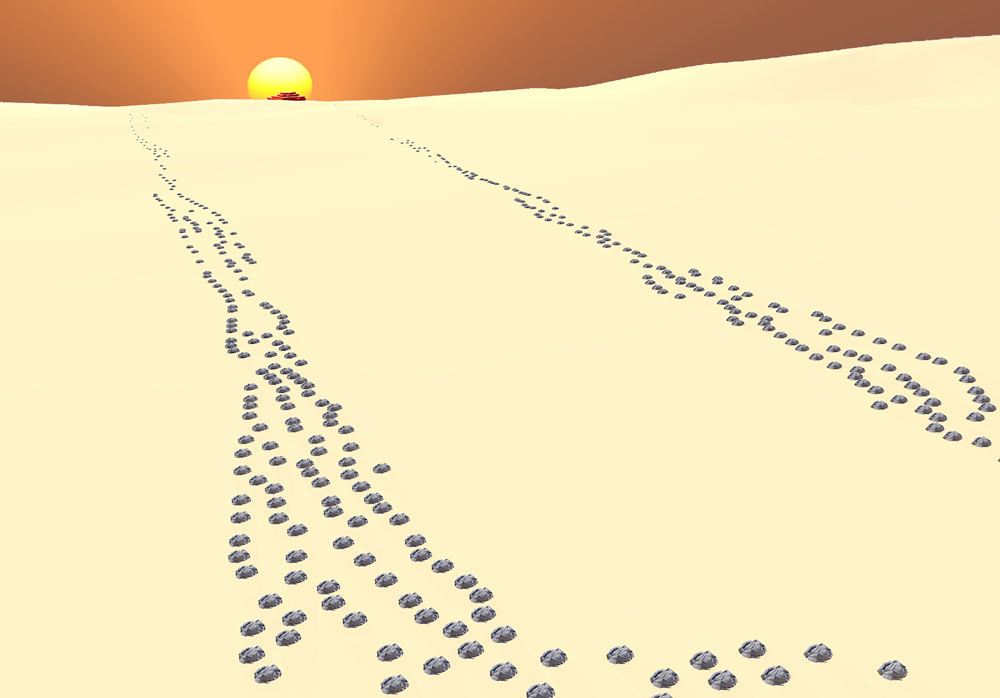
Archaeologists have discovered a pyramid in southern Peru, built between 600 B.C. and 50 B.C. ago, would have aligned with two stone lines and the setting sun during the winter solstice. Here, a 3D model shows the event that happened at the Cerro del Gentil pyramid during the winter solstice. The two stone lines frame the pyramid with the sun setting directly behind it. This alignment may have had cosmological significance for the people who lived there. [Read full story]
Flat Top

The flat-topped pyramid at Cerro del Gentil stands 16 feet (5 meters) tall and is made out of adobe. Pyramid artifacts found nearby the pyramid include textiles, shells and ceramics. A settlement nearby contained around 1,000 people. [Read full story]
Framing a pyramid

A view of the stone lines and pyramid today. The two lines frame the pyramid and the area between them appears relatively clean. [Read full story]
Pyramid map

This map shows the location of the stone lines (also called geoglyphs) along with cairns. The two lines which frame the Cerro del Gentil pyramid, as well as the setting winter solstice sun, are highlighted. [Read full story]
Stone lines

Researchers have found about 50 of these stone lines, the longest of which runs close to nearly 1 mile (1,500 meters). Many of these lines point to nearby settlements and their pyramids. The lines date to somewhere between 500 B.C. and A.D. 400. [Read full story]
Lengthy lines
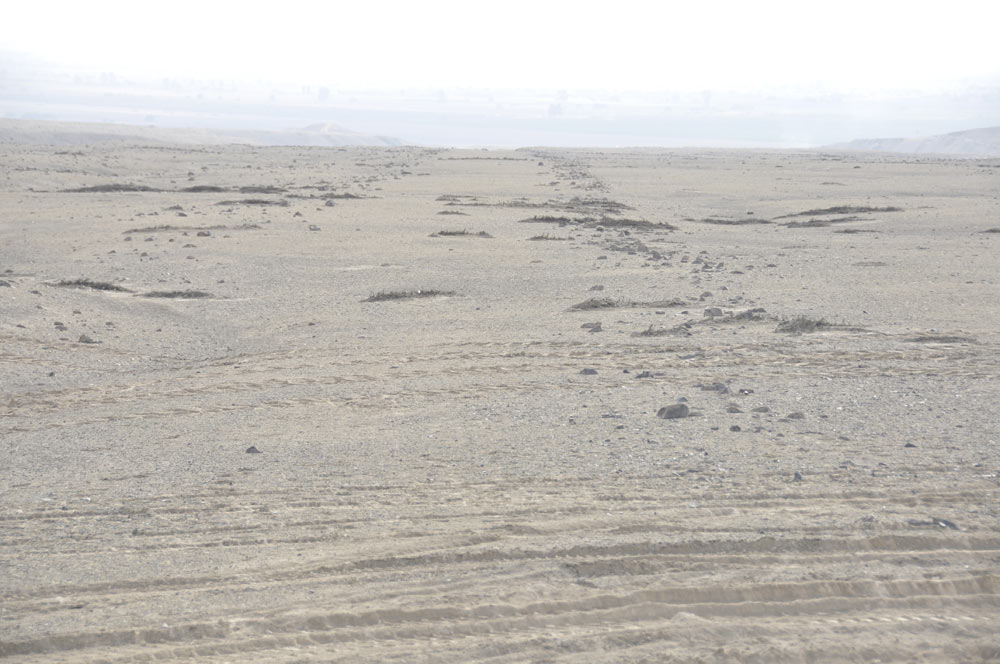
The stone lines are seen in the distance in this photograph. [Read full story]
Piles of stone
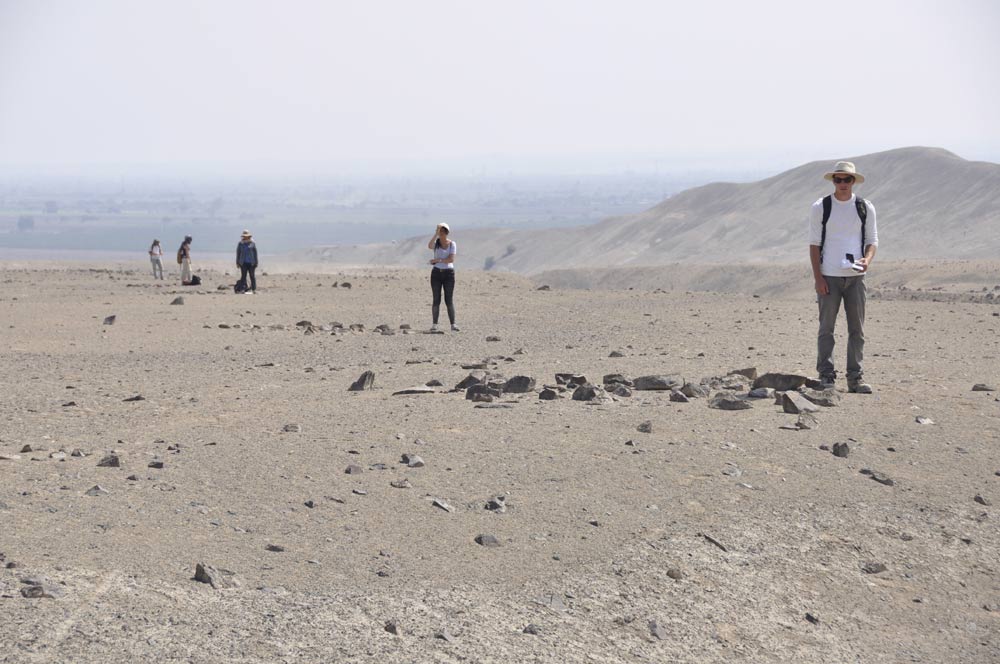
Small rock piles forming lines. These are not cairns, the researchers said. [Read full story]
Get the world’s most fascinating discoveries delivered straight to your inbox.
Rock piles
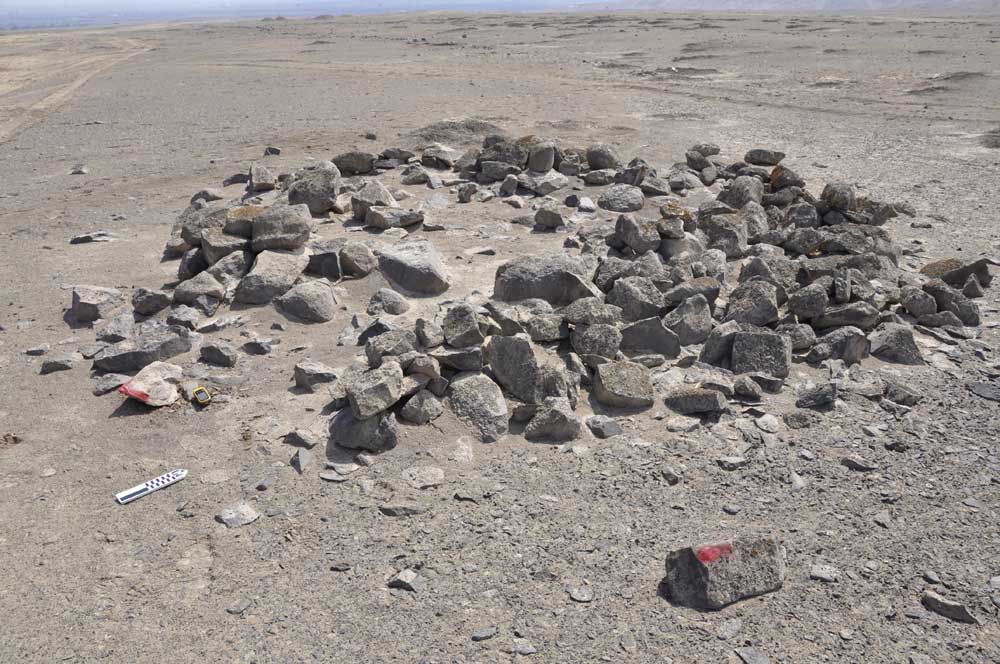
In addition researchers found more than 200 cairns (rock piles) inter-mixed with the stone lines. They were not used for burial. The biggest examples are 50 feet (15 meters) in diameter. [Read full story]
Working against time

The lines and cairns are being destroyed by modern-day construction. Researchers say that this image shows bulldozers from Peru's Ministry of Energy. The blue sign is from the Ministry of Culture and says that this is a protected archaeological area. [Read full story]
Near Nazca Lines
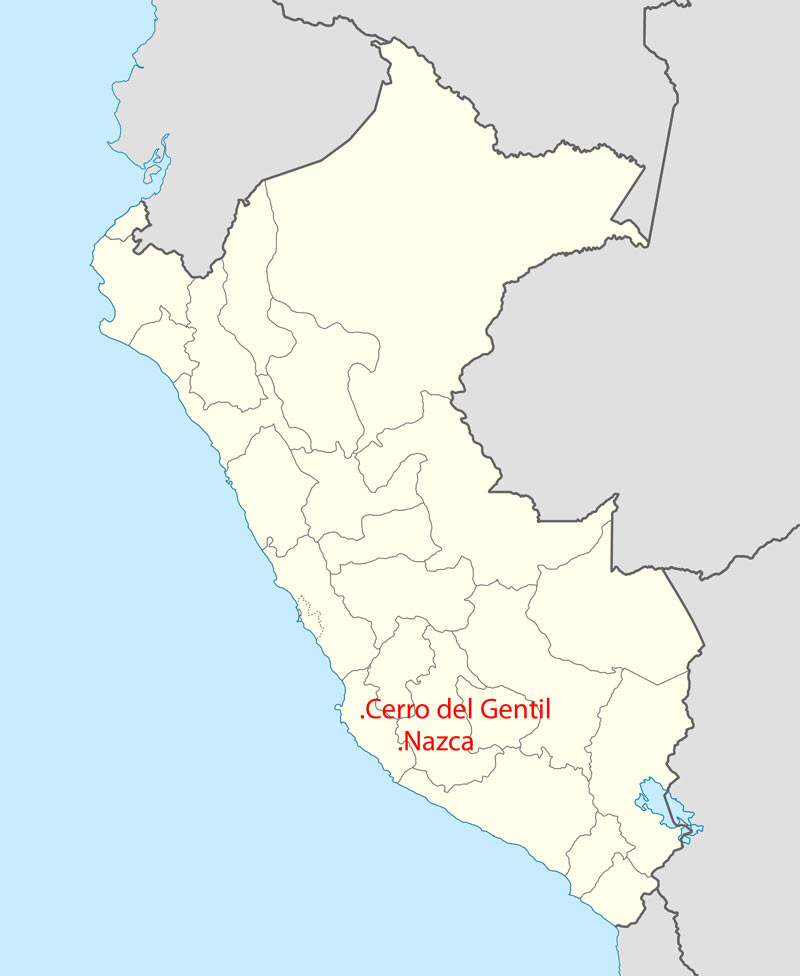
The site of Cerro del Gentil is located in southern Peru not far from the site of Nazca and its famous lines. [Read full story]

Owen Jarus is a regular contributor to Live Science who writes about archaeology and humans' past. He has also written for The Independent (UK), The Canadian Press (CP) and The Associated Press (AP), among others. Owen has a bachelor of arts degree from the University of Toronto and a journalism degree from Ryerson University.


